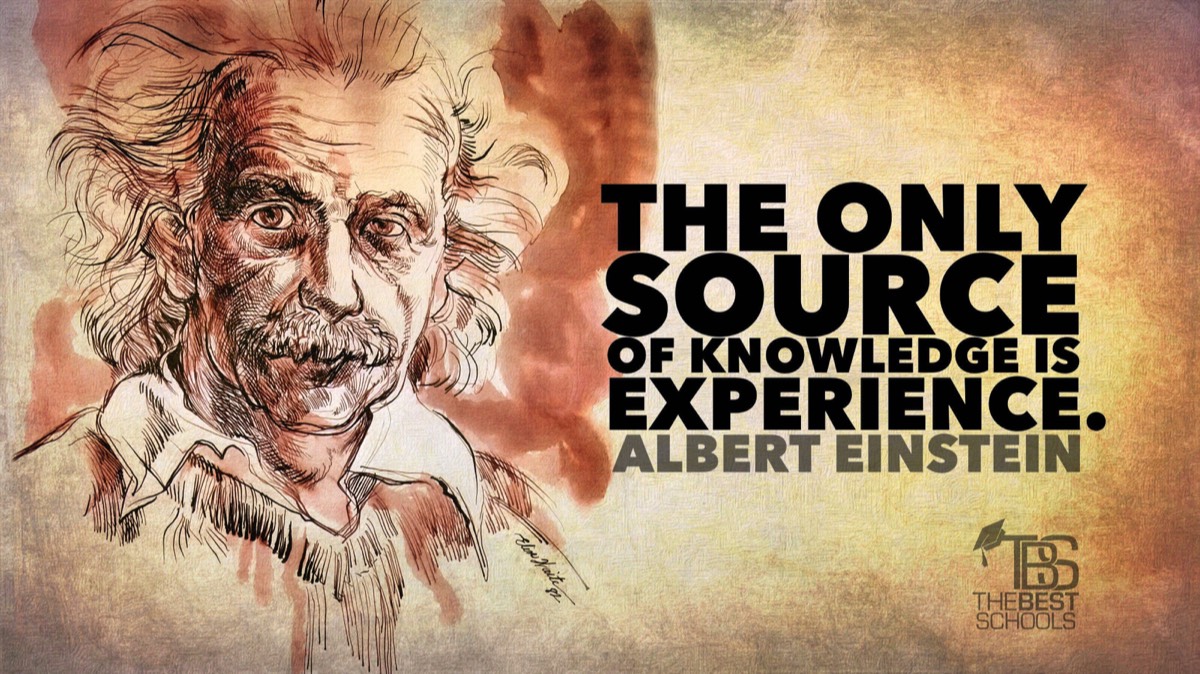
Albert Einstein
A German-born Swiss-American theoretical physicist, philosopher and author who is widely regarded as one of the most influential and best known scientists and intellectuals of all time. He is often regarded as the father of modern physics.
Theory of Relativity
In 1905, Einstein published his theory of special relativity, which put forth a startling idea: There is no preferred frame of reference. Everything, even time, is relative. Two important principles underpinned his theory. The first stated that the same laws of physics apply equally in all constantly moving frames of reference. The second said that the speed of light -- about 186,000 miles per second (300,000 kilometers per second) -- is constant and independent of the observer's motion or the source of light. According to Einstein, if Superman were to chase a light beam at half the speed of light, the beam would continue to move away from him at exactly the same speed.
In 1905, Einstein published his theory of special relativity, which put forth a startling idea: There is no preferred frame of reference. Everything, even time, is relative. Two important principles underpinned his theory. The first stated that the same laws of physics apply equally in all constantly moving frames of reference. The second said that the speed of light -- about 186,000 miles per second (300,000 kilometers per second) -- is constant and independent of the observer's motion or the source of light. According to Einstein, if Superman were to chase a light beam at half the speed of light, the beam would continue to move away from him at exactly the same speed.
Speed of Light
The speed of light, nearly 300 000 km/s or just over one billion km/h is very much larger than any speed that we know from everyday life.
The speed of light, nearly 300 000 km/s or just over one billion km/h is very much larger than any speed that we know from everyday life.
E = mc²
E = mc², where E is energy, m is mass and c is the speed of light. According to this equation, mass and energy are the same physical entity and can be changed into each other. Because of this equivalence, the energy an object has due to its motion will increase its mass. In other words, the faster an object moves, the greater its mass. This only becomes noticeable when an object moves really quickly. If it moves at 10 percent the speed of light, for example, its mass will only be 0.5 percent more than normal. But if it moves at 90 percent the speed of light, its mass will double.
As an object approaches the speed of light, its mass rises precipitously. If an object tries to travel 186,000 miles per second, its mass becomes infinite, and so does the energy required to move it. For this reason, no normal object can travel as fast or faster than the speed of light.
E = mc², where E is energy, m is mass and c is the speed of light. According to this equation, mass and energy are the same physical entity and can be changed into each other. Because of this equivalence, the energy an object has due to its motion will increase its mass. In other words, the faster an object moves, the greater its mass. This only becomes noticeable when an object moves really quickly. If it moves at 10 percent the speed of light, for example, its mass will only be 0.5 percent more than normal. But if it moves at 90 percent the speed of light, its mass will double.
As an object approaches the speed of light, its mass rises precipitously. If an object tries to travel 186,000 miles per second, its mass becomes infinite, and so does the energy required to move it. For this reason, no normal object can travel as fast or faster than the speed of light.
